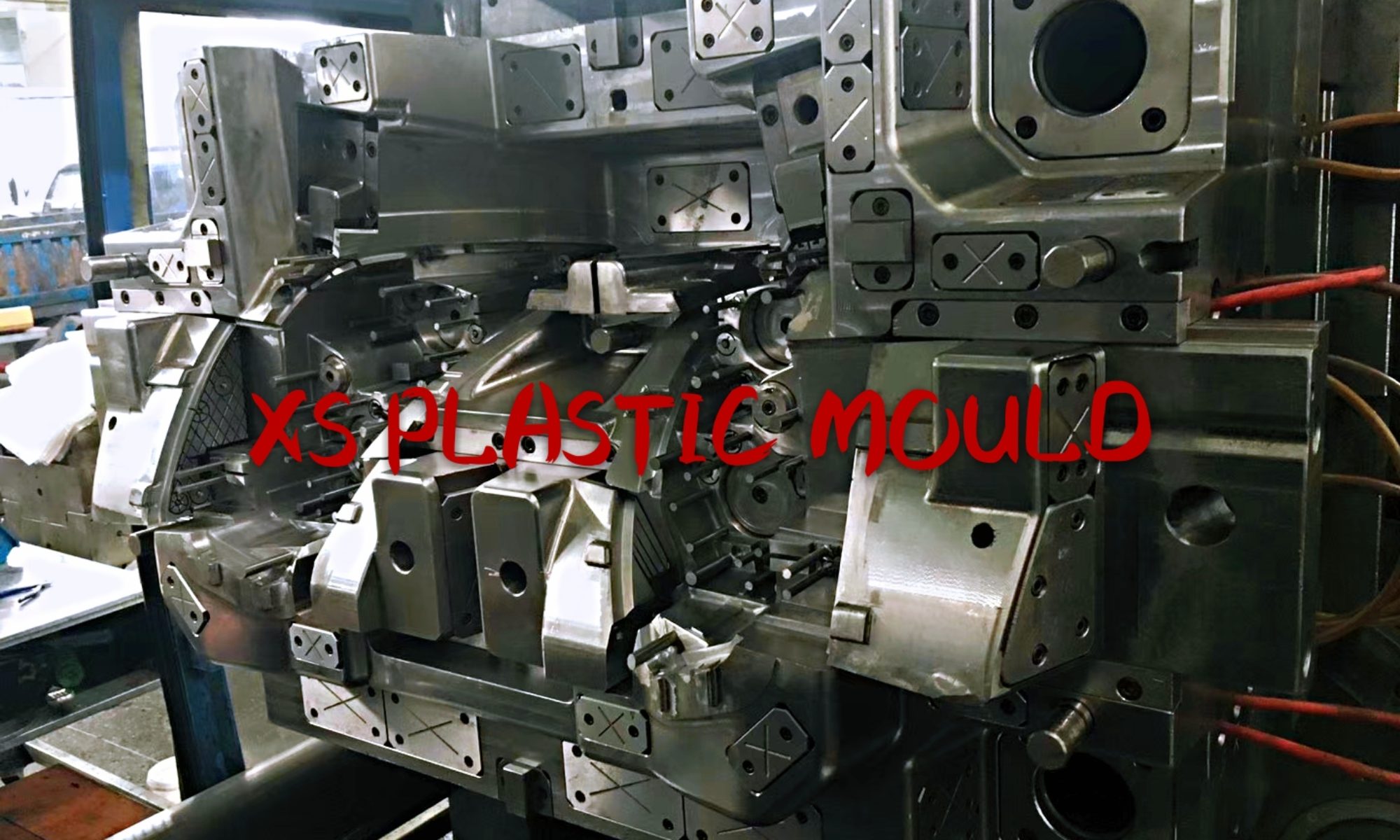P20 steel is a popular, high-grade forged tool steel relatively free of defects; it is available in a prehardened steel. It can be textured or polished to almost any desired finish and it is a tough material. H13 is usually the next popular steel used. Stainless steel, such as 420SS, is the best choice for optimum polishing and corrosion resistance. Other steels and materials, such as copper alloys with fast cooling, aluminum with low cost and fast cooling, are used to meet specific requirements to meet tool life and cost. The choice of steel is often limited, particularly by the available sizes of blocks or plates that are required for the large tools.
As a tooling guide to life expectancy, consider P20 steel for long runs (1 million products), QC-7 aluminum for medium runs (250,000 products), sintered metal for short runs (100,000 products), and filled epoxy plastic for relatively shorter runs (50 to 200 products).
The flow surfaces of the tool usually have protective coatings, such as chrome plating, to provide corrosion resistance. With proper chrome-plated surfaces, microcracks that may exist on the steels are usually covered. The exterior of the die is usually flash chrome plated to prevent rusting. Where chemical attack can be a severe problem (processing PVC, etc.), various grades of stainless steels are used with special coatings. Coatings will eventually wear, so it is important that a reliable plater properly recoat the tool; this is usually done by the original tool manufacturer.
The needs of the vast majority of materials, particularly steel, can be satisfied with a relatively small number of these materials. The most widely used steels have been given identifying numbers of the AISI. The properties of the tool material usually are as follows: (1) chemical compositions; (2) wear resistance to provide a long life; (3) toughness to withstand processing and particularly factory handling; (4) high modulus of elasticity so that the die channels do not deform under melt operating pressure and the die’s weight; (5) high compression strength, which is very important; (6) high uniform thermal conductivity; (7) machinability so that good surface finishes can be applied, particularly near the die exit; and (8) ability to be repaired.
Important requirements for the tools are high compression strength at the processing temperatures of the platics, wear resistance especially in regard to the increasing use of reinforcing fibers, adequate toughness, possibly corrosion resistance, and good thermal conductivity. In addition, so that the tools may be manufactured economically, good machinability is expected and, in certain cases, also cold hobbing is of less importance since wire and die sink electrical discharge machining (EDM) has taken over most of these applications that require hobbing. Dimensional stability during heat treatment generally is necessary.


